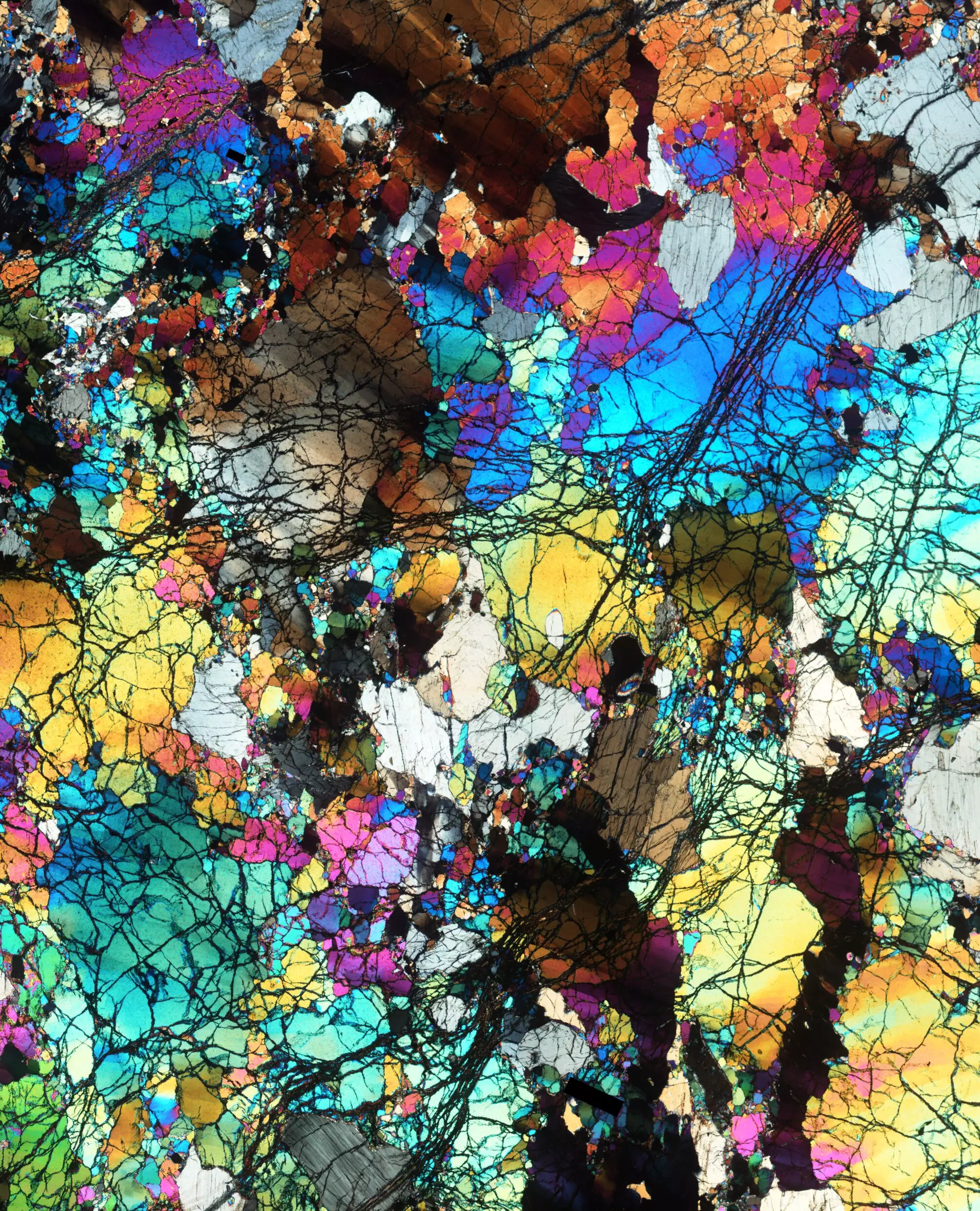Recent investigations undertaken by esteemed researchers at the Smithsonian’s National Museum of Natural History have brought to light compelling revelations about the geological history of our planet. By meticulously analyzing ancient rocks estimated to be around 2.5 billion years old, the scientists have illuminated critical conversations around Earth’s mantle, the foundational layer residing beneath our crust. This pioneering study challenges long-held beliefs, providing fresh insights into the chemical stability of Earth’s mantle over geological history, and reinvigorating discourse regarding our planet’s primordial conditions.
The centerpiece of the findings is the assertion that the oxidation state of most of Earth’s mantle has remained relatively stable throughout time, countering previously suggested dramatic transitions. Elizabeth Cottrell, a prominent voice and co-author of the study, eloquently noted that these insights contribute substantially to our understanding of planetary evolution, positing that our existence as a species is intricately linked to the geological processes that shaped Earth from its inception.
An Ancient Time Capsule Unearthed
The study, published in the respected journal *Nature*, revolved around a collection of peculiar rocks retrieved from the seafloor, exclusive for their unusual geochemical characteristics. These samples exhibited a remarkable degree of melting paired with minimal oxidation—a striking contrast to the more oxidized mantle rocks prevalent today. The researchers employed sophisticated analysis and modeling techniques, revealing that the rocks likely originated during the Archean Eon, a period characterized by extreme thermal conditions and unique geological activity within Earth’s mantle.
This remarkable finding posits that the examined rocks, when formed, were situated at depths where temperatures were significantly hotter than present day, facilitating their extraordinary melting process. The evidence gathered suggests that instead of a volatile, ever-changing mantle, Earth’s fundamental structure has preserved a remarkable consistency in oxidation levels across billions of years. This is an insightful repudiation of earlier arguments positing that major oxidation events shaped the mantle’s chemistry over time.
A Geological Puzzle Piece
The research team explored samples collected from two slow-moving tectonic plate boundaries—the Gakkel Ridge and the Southwest Indian Ridge—where Earth’s mantle is actively contributing to crust generation. The unique geological settings of these regions increase the likelihood that the rocks sampled are direct representations of the mantle itself due to the reduced volcanic activity compared to faster-spreading ridges like the East Pacific Rise.
The analysis revealed a fascinating dichotomy between the ancient rocks and modern mantle samples, with the former exhibiting far less oxidation. This observation leads to an enticing hypothesis: the extreme temperatures during the Archean era could have protected these rocks from subsequent melting events that might otherwise alter their geochemical signatures, thereby preserving their integrity for eons.
Debating the Evolution of Oxidation
Historically, some geologists have interpreted the relatively low oxidation of these mantle rocks as evidence of a less oxidized Archean mantle that evolved to higher oxidation states over time due to mechanisms such as atmospheric gas loss and subduction processes. Yet, the new study advocates for a simpler narrative—arguing that rather than evolving into a more oxidized state, parts of the mantle were actually designed by very high temperatures millions of years ago, leading to their unique oxidization profiles.
Cottrell points to this cooling of Earth’s mantle as a critical factor in understanding why contemporary mantle rocks do not reflect the same low oxidation levels. It’s not a sign of progressive change, but rather a step back in time revealing what our planet was like during its earliest epochs—a window into the geological processes that once dominated the interior dynamics of Earth.
Looking Forward: Future Research Directions
As the study unfolds, the research team—including lead author Suzanne Birner—intends to explore further the chemical processes that influenced these Archean mantle rocks through laboratory simulations mimicking the high pressures and temperatures of Earth’s early environments. This research not only aids in constructing a clearer picture of our planet’s deep past but also contributes to broader planetary science dialogues regarding Earth’s uniqueness in the cosmos.
The findings resonate not merely within geology but across scientific disciplines, tapping into fundamental questions regarding the evolution of our planet and the origins of life. By examining ancient rocks, scientists hope to pave the way for a deeper understanding of Earth’s dynamics and its capacities for sustaining life, inviting us to reconsider our place within the broader tapestry of the universe. The narrative of Earth’s formation is continually rewritten through discoveries such as these, each layer revealing insights not only about our world but also the very building blocks of existence.


Leave a Reply